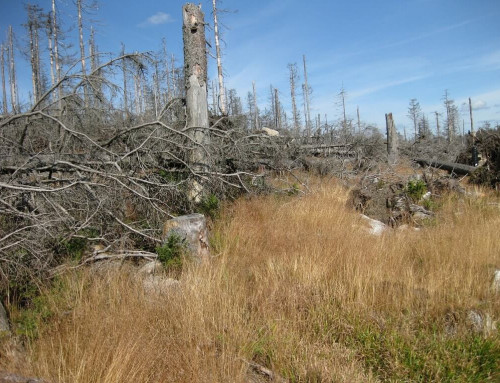
Seif dunes. Image credit 7-themes.com
ZIMSEC O Level Geography Notes: Sand Dunes
- As soon as wind velocity drops wind deposition occurs.
- The heaviest material is deposited first while the finer material and dust is carried further before being dropped.
- As a result loess (which consists of fine particles) is sometimes deposited thousands of kilometers from deserts.
- Large mounds of sand result from sand depositions within the desert.
- These result in the formation of erg landscapes such as those found in the Sahara.
- Three major types of features result from wind deposition and form part of the erg landscape:
- sand ripples, barchan dunes and seif dunes.
Sand ripples

Sand ripples. Image credit allposters.com
- These are small wave-like features which develop on sand which move easily.
- They range from a few centimeters to about a meter in height
- They are often temporary and suffer destruction when the wind changes direction.
Sand Dunes
- These are hills of sand which are found in a variety of shape,size and direction.
- Dunes develop when sand grains moved by saltation and surface creep are deposited (remember suspension material forms loess which is deposited outside deserts).
- Some dunes, but not all, form around obstacles such as trees, bushes, rocks, a small hill or even a dead animal.
- Most dunes form on areas that are flat and sandy rather than those areas that are rocky and uneven.
- Dunes vary in size from a few meters to over a 100 meters in height.
- Although they take many shapes, there are two common types of dunes:
- Barchan and Seif dunes.
Barchan Dunes

Barchan dune. Image credit Media Wiki
- A barchan dune is a small crescent shaped dune.
- It has a height can range from a few meters to about 30 meters in height and it can be 400 meters wide..
- They lie at right angles to the prevailing wind.
- It has its “horns” pointing downwind.
- They usually form around an obstacle such as a rock, piece of vegetation or even a dead animal.
- As the mound, which is wind ward grows due to continued sand depositions,
- Its leading edges are slowly carried forward in a downwind direction.
- The windward slope of the dune is gentle.
- The downwind side is steep and slightly curved.
- This is caused by eddies that are set up by the prevailing wind.
- A barchan dune moves as grains of sand are moved up the windward slope to fall onto the leeward side.
- They can occur both singly or in groups.

Features of barchan dunes. Image credit Revisionworld.com

Barchan Dune cross section. Image credit Revisionworld.com
Sief Dunes
- Are also known as transverse dunes, linear dunes or draa.
- They are ridge-shaped with steep sides and lie parallel to the prevailing wind.
- They are also formed and appear parallel to each other.
- A seif dune has a sharp crest which may be a 100 meters in height and they can stretch for up to 150 kilometers in length.
- They are separated by flat corridors which are between 25 and 400 meters wide.
- These corridors are swept clear of sand by the prevailing wind.
- Eddies blow up against the sides of dunes and drop deposit sand that is added to the dunes.
- They usually develop from small sand ridges.
- They slowly move forward in the direction of the prevailing wind as they move forward.
- They feature in parts of the Namib Desert and the Sahara Deserts as well as other deserts.

Sief Dunes.
To access more topics go to the Geography Notes page.



